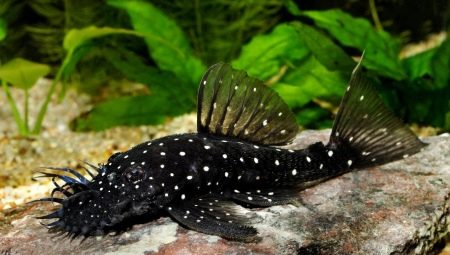Among aquatic inhabitants, the catfish family is the largest, it has more than 2,000 species, half of which are suitable for keeping in an aquarium. Their popularity is due not only to an interesting and unusual appearance, but also to the benefits to the ecosystem of a home reservoir. Somiki are good cleaners of the bottom space, they eat all the uneaten food that falls to the bottom, not allowing it to rot and spoil the water. We will talk about some species and how to properly maintain and care for them in this article.
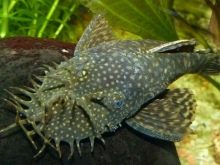
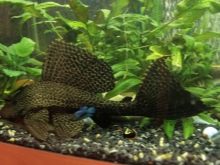

Features
Types of catfish are very diverse and unlike others. It is impossible to bring all the varieties to one single description. Catfish of different species have a lot of differences: some individuals look cute and friendly, while others in their appearance do not resemble the catfish we are used to. Having seen a fish of a very interesting appearance in a pet store, it is not always possible to understand that this is a catfish, such as, for example, a “shark pangasius” that looks like a shark.
Despite serious differences, the catfish family still has certain similarities. All catfish are scavengers, they feed on what falls to the bottom. These fish can eat anything that fits in their mouths.

In this way, Before acquiring a certain type of catfish, you need to take care of neighbors of equal size.
In the aquarium industry there is such a thing as “compatibility”. If one type of fish is compatible with another (for example, the catfish sucker Antsistrus is compatible with neon), this suggests that such a neighborhood will be calm, without surprises and conflicts between them, but large cichlids that build nests at the bottom of the aquarium,may regard the approach of ancistrus as an encroachment on their territory and attack.
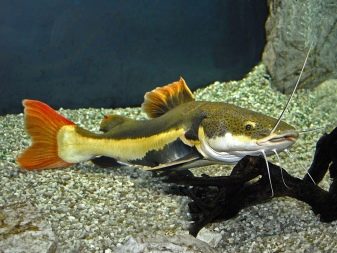
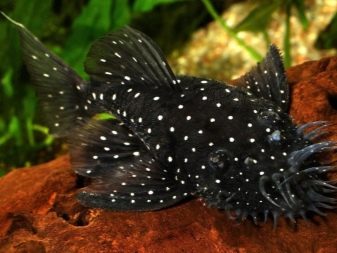
Types and conditions of detention
There are a huge number of species of aquarium catfish, different in appearance, conditions of detention, food supply. We’ll take a closer look at the most popular varieties that can be found in every pet store.
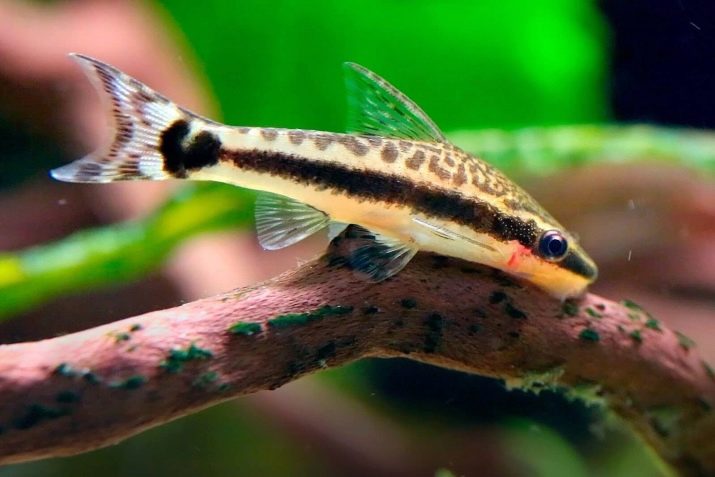
Antsistrus
The most popular aquarium catfish to date. He deserved his popularity and relevance due to its unpretentiousness in content, strong immunity, and practical properties. Such a fish is suitable for a beginner aquarist. For his unusual mouth, it is often called:
- catfish stuck;
- catfish sucker;
- catfish cleaner.
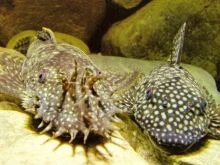
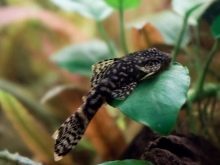
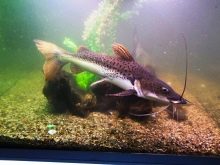
In addition to the practical purpose, the fish itself is very unusual in structure and method of movement around the aquarium.
There are many varieties of this catfish:
- albinos;
- stellate;
- reds;
- yellow and many others.
Such catfish grows up to 10–12 cm, and sometimes even up to 15 cm. Despite its small size, an aquarium of 80 liters is required for a pair of antistruses.
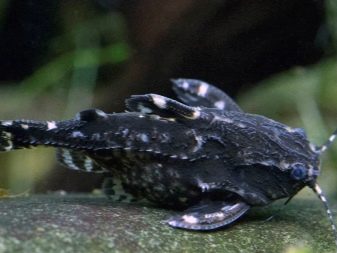
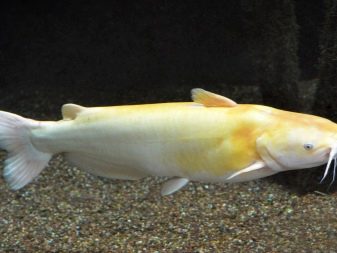
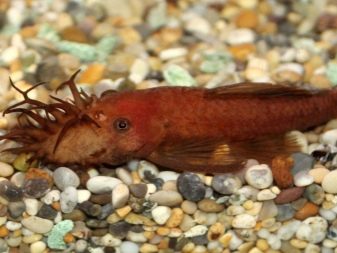

The content in smaller tanks is unacceptable, since this catfish spends almost all the time in the search for food and its consumption, in connection with this, a huge amount of waste products is generated that spoil the water and poison the inhabitants.
Filtration and aeration are required.
The average lifespan of ancistrus is 6–8 years, but there are also long-livers. With proper care, the fish can live for 12 years. In nature, this "pet" is hiding under stones and among snags, so in the aquarium you will need to organize a large number of shelters in which the catfish will hide. Fit:
- ceramic pots;
- coconut shell;
- various scenery.
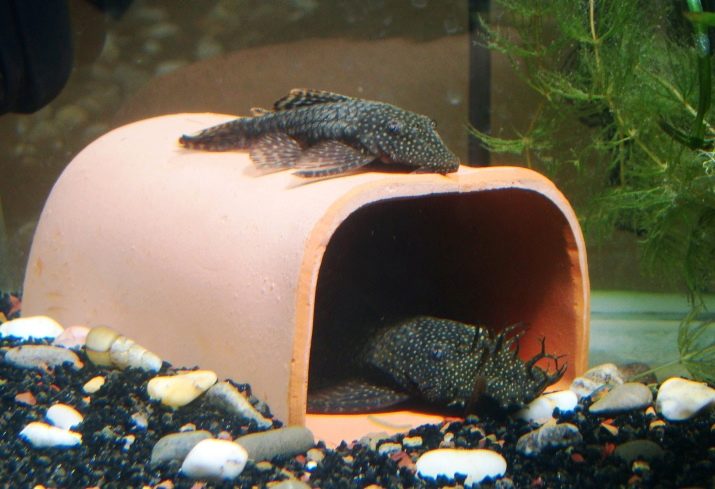
There is an erroneous opinion that they do not need to be fed at all, otherwise they will not clean the walls of the aquarium. Such a wrong and destructive approach makes a pet stay on the brink of survival all its life and try not to die of hunger.
The second fatal mistake for them is to convince the owner that these catfish feed on the excrement of other fish, and they are sincerely surprised when this does not happen.
Antsistrus is a very voracious fish. The main diet is vegetable, namely feed based on spirulina. Sometimes you can indulge in vegetables that fish love, slices of zucchini and cucumbers. It is important to clean up uneaten vegetables in time to avoid rotting and spoiling water. For normal digestion, catfish should consume lignin, so snags in the aquarium are required. The temperature for the content is from 20 to 28 degrees.
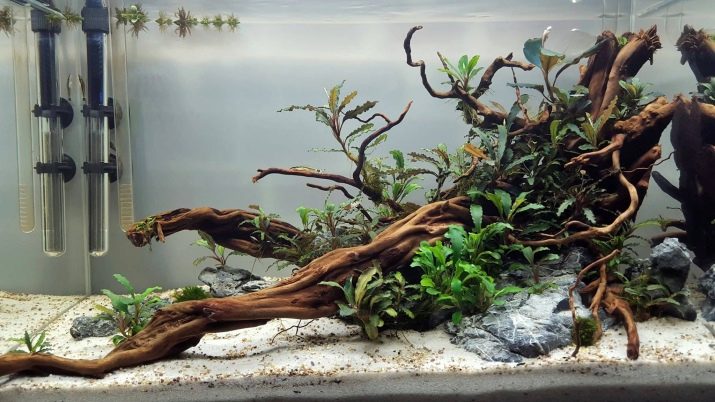
Brocade Pterigoplicht
A large and unpretentious catfish native to South America, is not found anywhere else and prefers shallow water. Like Antsistrus, it has a suction cup. With its help, catfish can be so strongly attached to the surface or to other fish that it will be impossible to tear it off without harm to it and other fish. They have not only gill, but also intestinal respiration, which helps to survive the drought season, burrowing into the sludge.
The size of the catfish depends on the parameters of the aquarium. The larger the home reservoir, the larger the fish will grow in it. In spacious dwellings, these underwater inhabitants can reach 35–40 cm, and in nature - more than 50 cm.
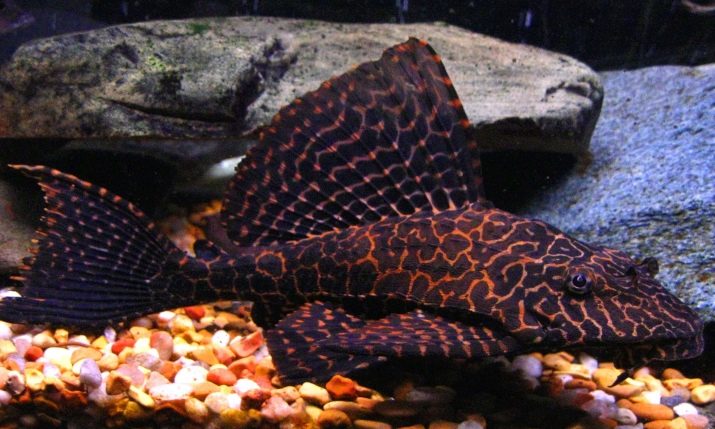
To keep a pair of such catfish, you need an aquarium with a volume of at least 300 liters. To stimulate the digestive process, these animals require cellulose, so snags in the tank are required.
It is necessary to equip the aquarium with a powerful filter.
At a young age, it is very similar to ancistrus, so it is ignorantly bought under the guise of a small catfish, and when it outgrows a 100-liter aquarium, the owners do not know what to do with them next. That is why there are so many people on the network who want to give or sell for symbolic money their Pterigoplicht. The optimum water temperature for them is from 23–27 degrees.
This animal is carnivorous, although it belongs to peace-loving fish, therefore it is impossible to settle in the same aquarium with ancistrus: a pterygoplychthus will kill it on the first night. With age, it can begin to eat small fish sleeping at the bottom.
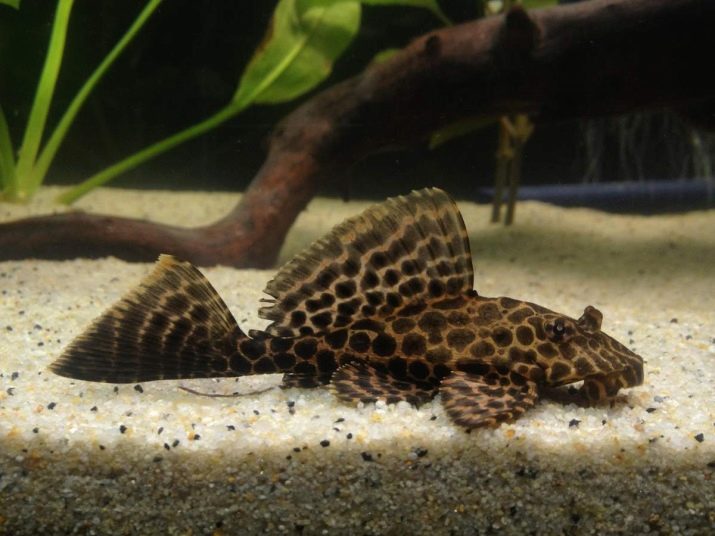
Taracatum
In Latin it sounds like "Thoracicum." The peace-loving and unpretentious representative of the water world hails from the reservoir of Guiana and the Amazon. Very calm and easy to get along with other fish. He spends most of his time at the bottom, preferring to hide behind snags, plants, grottoes. Grows up to 15 cm. She loves to bury herself in the ground, so there should be no sharp stones at the bottom, and plants with such a pet in the aquarium should be planted in pots.
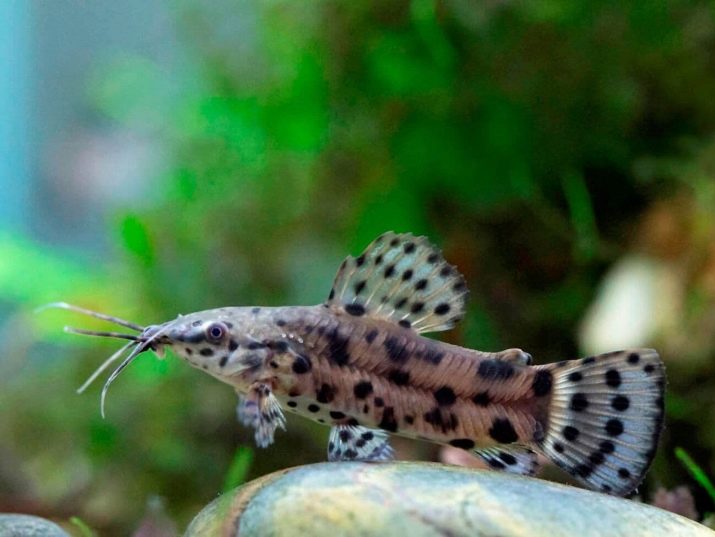
Sometimes these fish jump out of the aquarium, so having a lid is mandatory. It is not recommended to place such a catfish in a container of less than 80 liters.
The best condition for keeping will be a common aquarium with dense thickets of plants and many shelters. Life expectancy is about 10 years. Almost omnivorous. Any food for catfish is suitable, as well as live food: bloodworm and tubule. Compatible with all peaceful fish, does not get along with large cyclides. Comfortable water temperature - from 20 to 27 degrees.
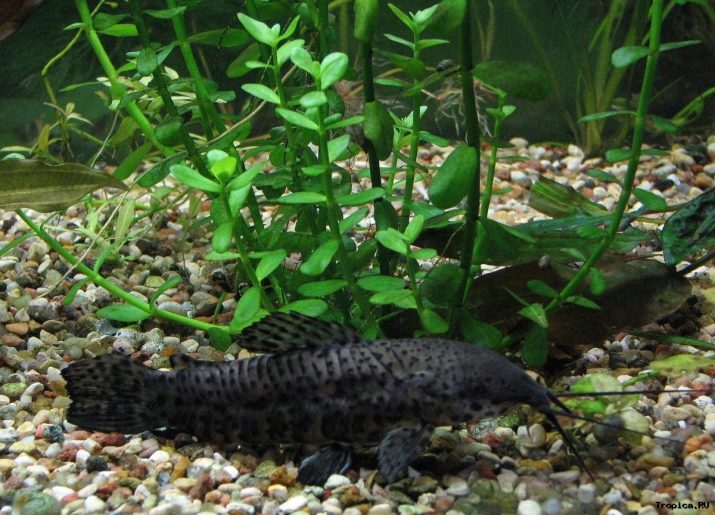
Sack-gill catfish
This is a real underwater hunter native to the standing reservoirs of Iran, Pakistan, Nepal and other countries of Southeast Asia, sometimes found in water with a mild current, even less so - in brackish water. Its appearance and method of movement is a bit like an eel, and the structure of the muzzle is slightly similar to a giraffe catfish.
The registered giant of this species reached 1 meter in length, but usually this parameter does not exceed 50-60 cm, and even less in aquariums.
As with any fish, size is influenced by the conditions of storage and the volume of the tank. On the sides along the whole body are leather bags in which the catfish is gaining air, and in the drought - water, which allows it to go without water for a long time, buried in silt. For this way of breathing, this catfish got its name. The fish is pretty shy. The water temperature suitable for this catfish is from 21 to 27 degrees.
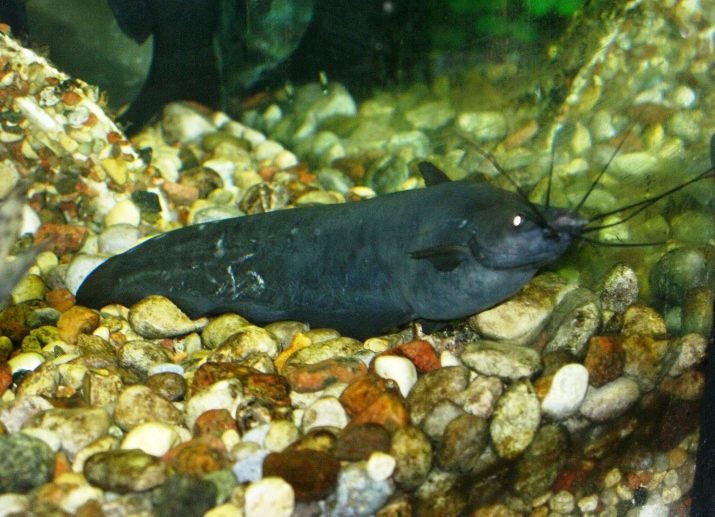
Red-tailed Laboe, or Red-Tailed Catfish
The birthplace of this fish is Thailand, or rather, the Chao Phraya River. In 1966, this fish was classified as extinct. Catching a huge number of individuals for sale, impaired immigration during the rainy season, industrial pollution of habitats - all this led to the disappearance of this fish from sight for many years. And only in 2011 was a small colony discovered in the Chao Phraya River. In 2014, this species was no longer considered extinct, but it was still listed in the Red Book.
It has a dark green, sometimes brownish or bronze hue and a bright red tail. There are albinos with a light body, red eyes and a tail fin. Fish are active and territorial.
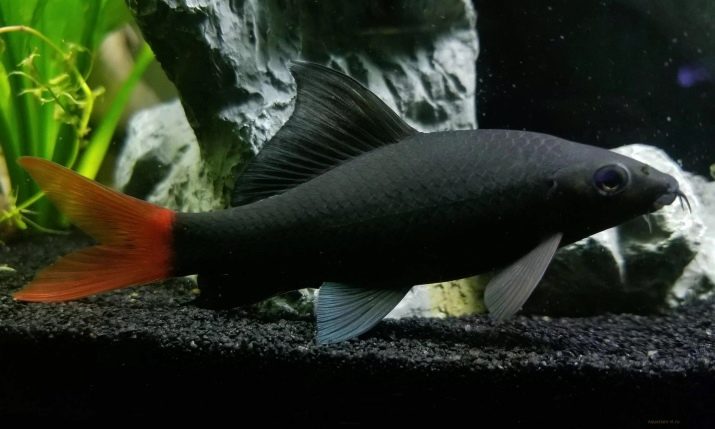
In order to make it easier to keep them with other individuals (without hassles, chases and torn fins), a volume of at least 100 liters per fish is required.
It will be difficult to keep several such catfish in one aquarium. Of any number of individuals, the strongest will appear, and he will drive others, preventing them from developing normally.
The main diet is vegetable. Algae fouling eats up a little, but it will not keep the aquarium clean, such as Antsistrus. Anyone can use dry food; bottom pills for catfish are well suited, as well as live food. Temperature - from 22 to 26 degrees.
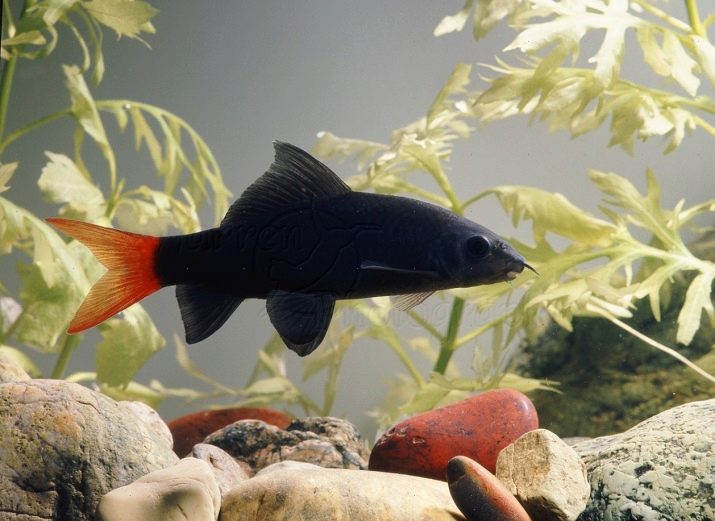
Algae-eater Girinoheylus golden (in common people - “fox”)
The usual Girinoheylus has a natural gray-green color, but there is another variety of this fish that has a golden hue. The conditions of detention of both of them are the same. Girinoheylus is sometimes called Chinese algae eater.
Some confuse Siamese algae eater and Chinese, but these are two different fish. The Siamese mouth has a different shape, and a horizontal dark stripe runs along the entire body.
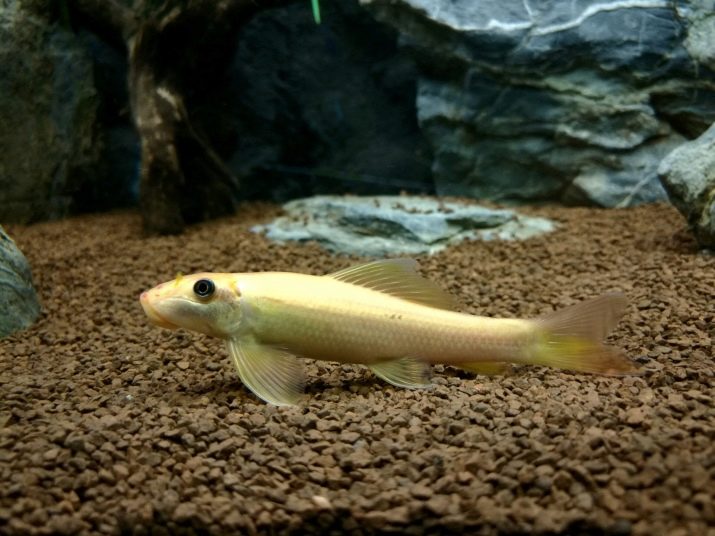
To maintain such a fish, a capacity of at least 60 liters per individual will be required, in which good filtration and aeration will be organized. The water temperature should be from 25 to 26 degrees, when the temperature values fall, the catfish becomes lethargic and can become sick. The transplant is poorly tolerated in a new unbalanced aquarium. Be sure to have a lid on the tank. Eats algal fouling and any food for catfish. At a young age, it is very similar in behavior to the catfish Pygmy.
See below for aquarium catfish.
